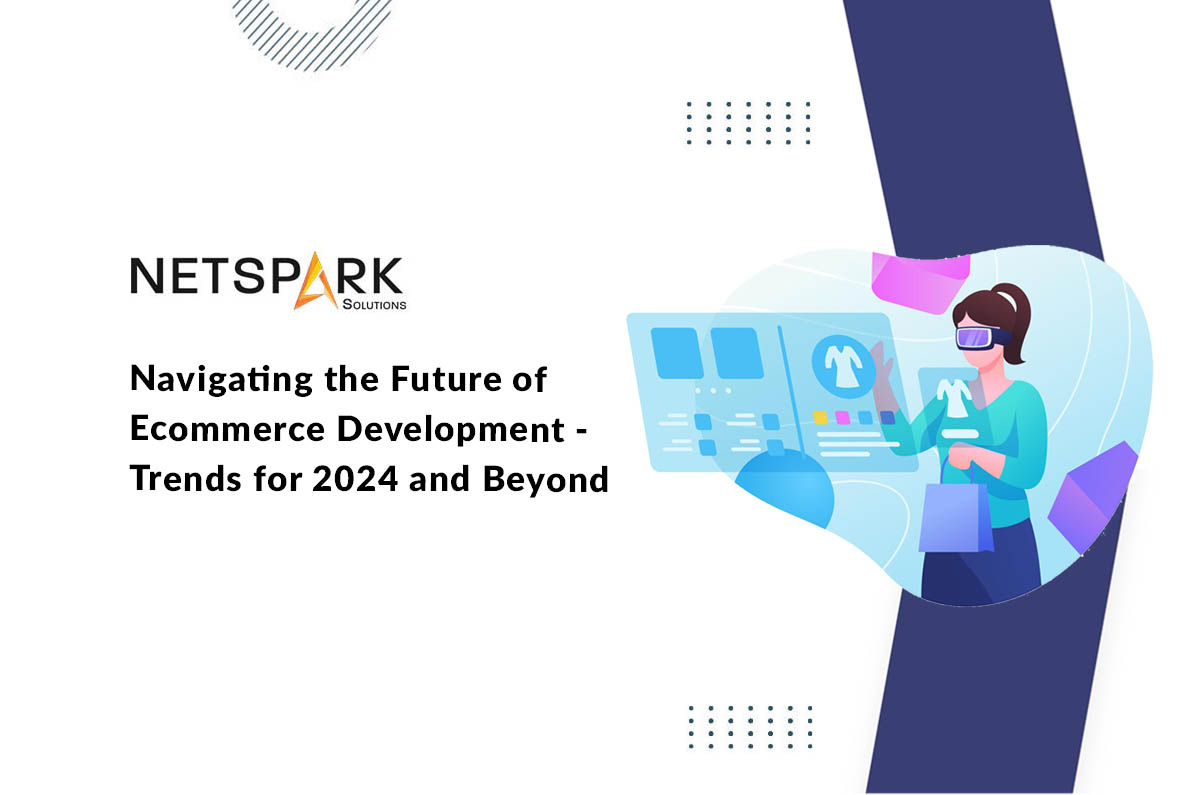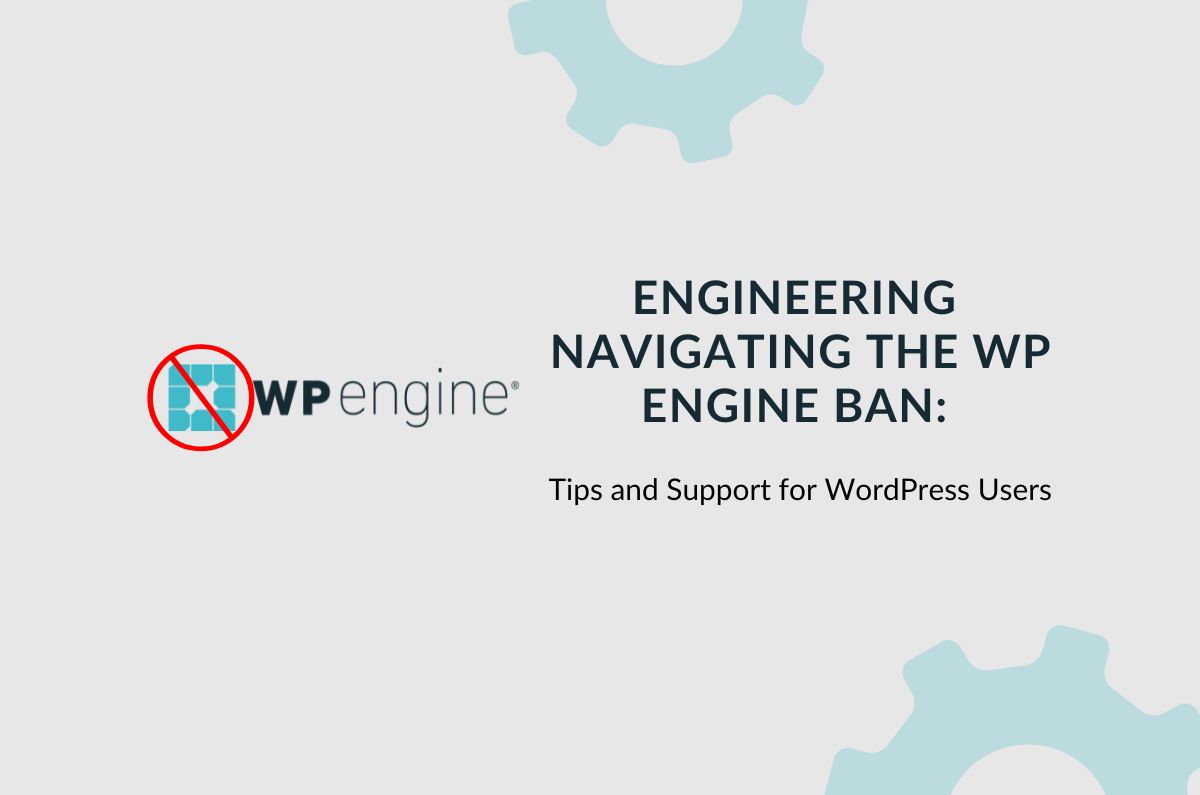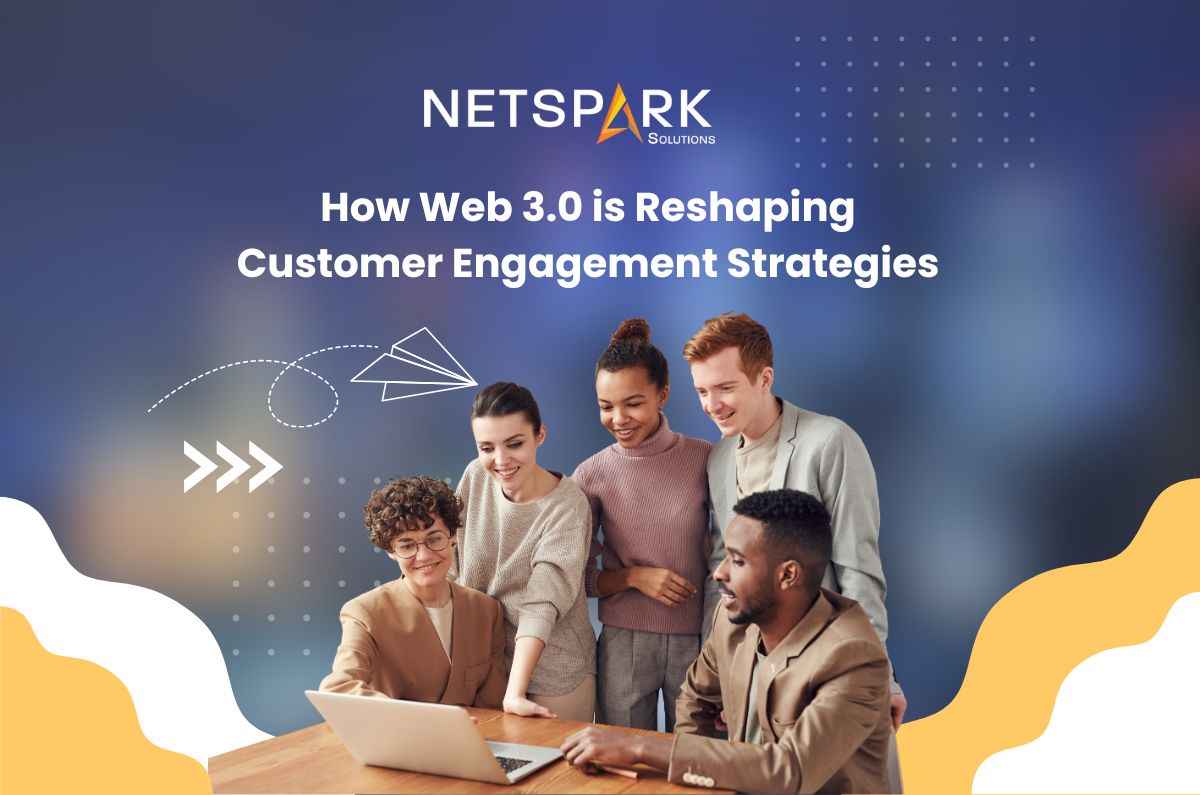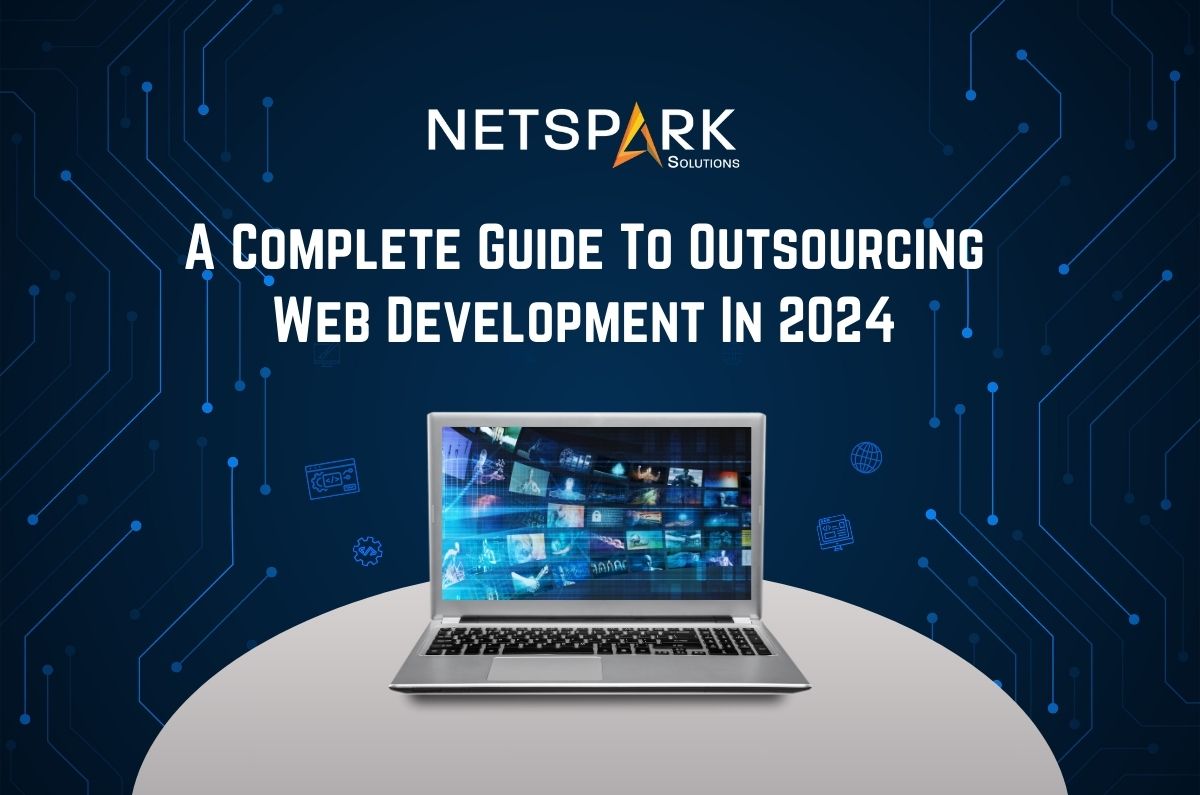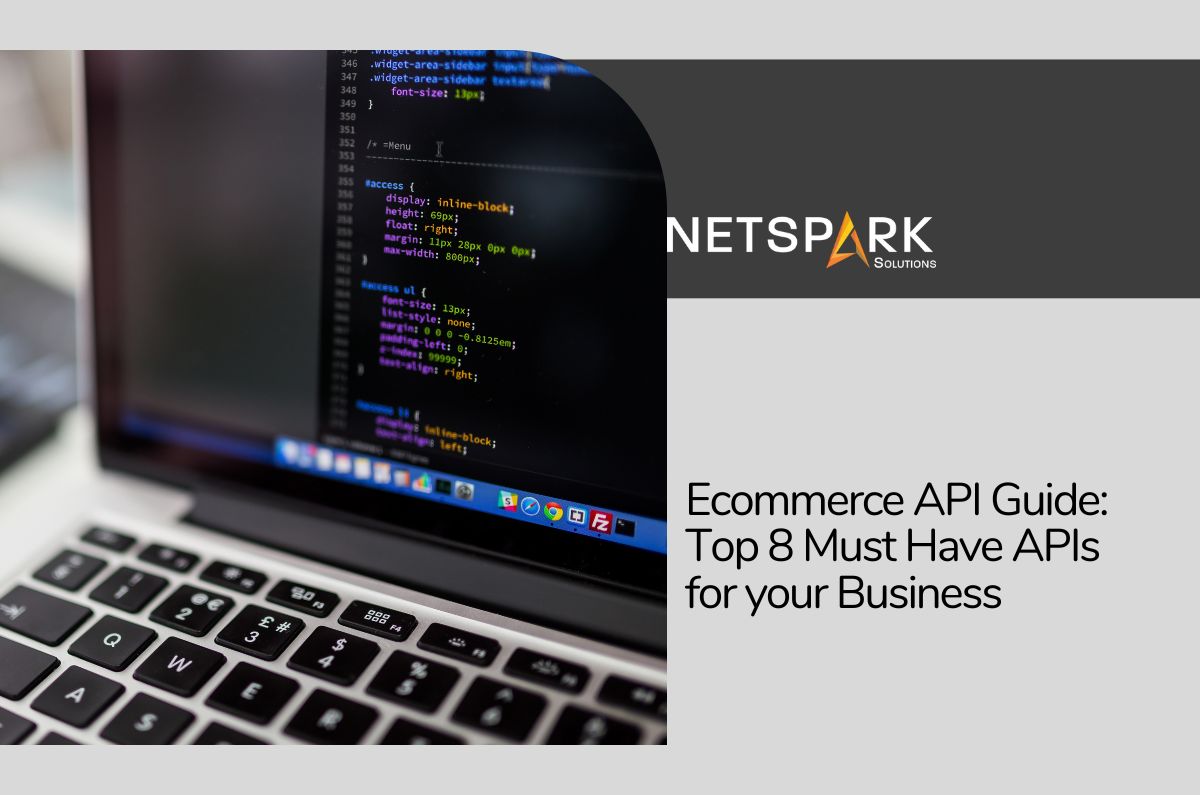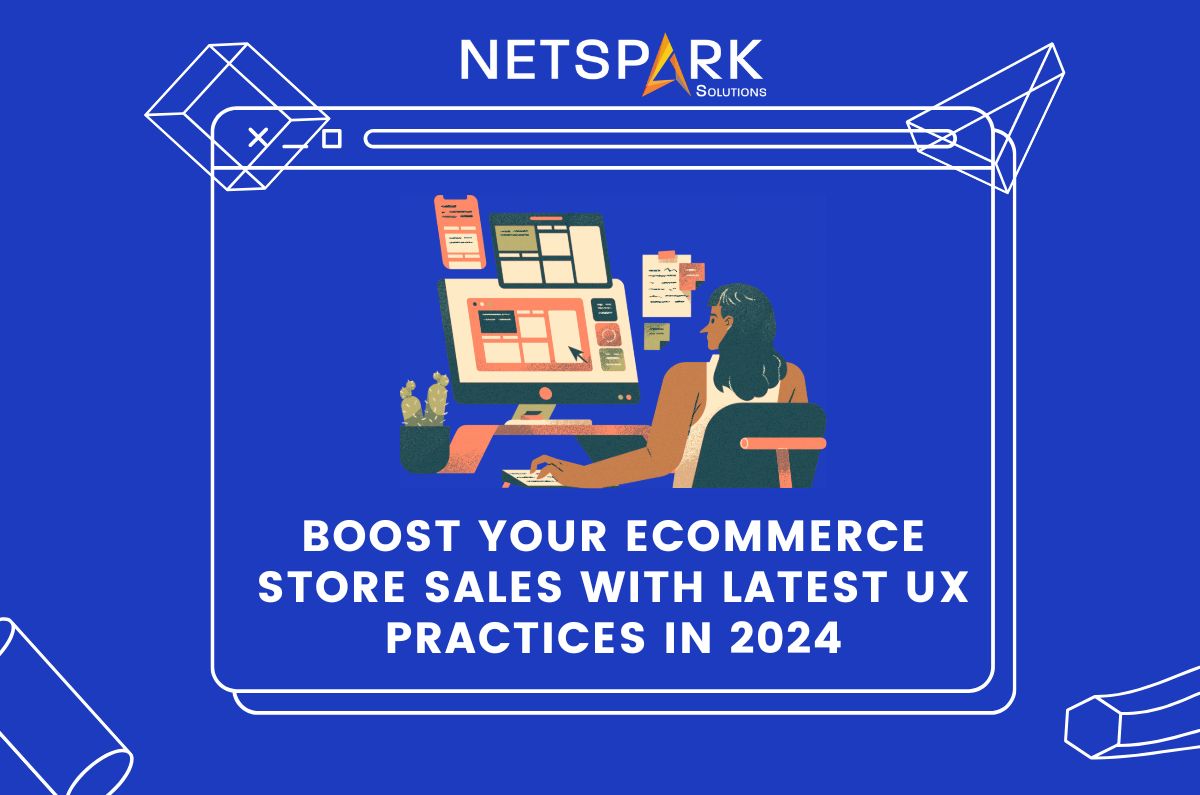A few years ago, ecommerce businesses could drive sales by integrating visually engaging templates into their websites. But, with the growing number of ecommerce stores, it has become challenging for many online merchants to sustain the similar growth in the modern world.
Today, it’s imperative for ecommerce companies to stay on top of the latest ecommerce development trends and ensure their websites adhere to the latest practices. This can make it easier for businesses to drive sales and increase their business revenue as well.
Whether you own a small-scale ecommerce business or a well-established enterprise, following the latest development trends will accelerate your business growth in the long run.
To help you along the way, we have compiled a list of top ecommerce development trends that’ll shape the future of the industry in 2024 and beyond.
So, without any further ado, let’s dive in.
Ecommerce Development Trends for 2024
1. Hyper-Personalization Takes Center Stage
Gone are the days of one-size-fits-all shopping experiences. In 2024, hyper-personalization is the key to capturing and retaining customer attention.
Advanced AI algorithms analyze user behavior, purchase history, and preferences to create tailored shopping journeys. From product recommendations to dynamic pricing based on individual profiles, ecommerce platforms are striving to make each customer feel like the store was designed just for them.
Hyper-personalization enables ecommerce platforms to curate product recommendations that align with each customer’s unique preferences. If a customer frequently buys organic skincare products, the platform might suggest complementary items like natural makeup brands or eco-friendly haircare – effectively creating an entire ecosystem of personalized options.
Hyper-personalization isn’t just about optimizing sales – it’s about forging an emotional connection between the customer and the brand. By demonstrating a profound understanding of each customer’s preferences and needs, ecommerce platforms are able to create a sense of belonging. Customers feel valued when they see a digital store that aligns perfectly with their tastes and preferences, fostering brand loyalty and repeat business.
2. Augmented Reality (AR) Redefines Shopping
Augmented Reality is no longer a novelty; it’s becoming an integral part of the ecommerce landscape. Industry leaders like Amazon have already integrated Augmented Reality into their online shopping experiences to make the buyer’s journey more immersive.
Imagine trying on clothes virtually before making a purchase. AR technology offers immersive experiences that bridge the gap between online and in-store shopping, fostering confidence and reducing return rates.
Beyond fashion, AR is making waves in the furniture and home decor sector. Major players like Ikea have introduced apps that let customers visualize how furniture pieces would look in their own spaces. Instead of relying solely on product images and measurements, shoppers can use AR to place virtual furniture in their living rooms, bedrooms, and kitchens, gaining a realistic sense of how the items will fit within their existing décor.
This innovation minimizes the risk of purchasing furniture that doesn’t quite match the aesthetic of the room, thus reducing return rates and customer dissatisfaction.
3. Virtual Commerce Will Become Mainstream
As technology continues to advance at an unprecedented pace, virtual commerce, also known as v-commerce, is on the cusp of becoming a mainstream phenomenon in the world of retail.
V-commerce offers a transformative shopping experience that goes beyond traditional online shopping by immersing customers in virtual environments where they can explore products, interact with brands, and make purchases in a highly interactive and engaging manner.
It’s worth noting that virtual commerce offers a level of engagement and interaction that traditional online shopping cannot match. Shoppers can virtually “walk” through stores, pick up and examine products, and even interact with virtual customer service representatives.
The ability to visualize products in 3D or AR before purchase enhances confidence and reduces the guesswork often associated with online shopping, leading to increased customer satisfaction.
One of the standout features of v-commerce is its potential for hyper-personalization. Virtual environments can be customized based on individual preferences and shopping behaviors. AI-driven algorithms can curate product suggestions, design store layouts, and create immersive shopping journeys tailored to each customer.
This level of personalization fosters deeper connections between brands and consumers, increasing customer loyalty and retention.
4. Progressive Web Apps (PWAs) Enhance User Experience
PWAs are set to revolutionize how users interact with ecommerce websites. PWAs offer a user interface and interaction that closely resembles that of native mobile applications. This means that customers can enjoy an app-like experience, complete with smooth animations and intuitive gestures, without the need to download or install anything.
PWAs can be accessed directly through a browser, which is especially beneficial for users who are hesitant to clutter their devices with numerous apps.
PWAs work offline, provide push notifications, and deliver an exceptional user experience across devices. In 2024, we can expect more ecommerce businesses to adopt PWAs to boost engagement and retention rates.
In 2024, the adoption of PWAs in the ecommerce sector is expected to soar. By delivering exceptional user experiences, PWAs enhance customer engagement and retention rates. Users are more likely to explore products, complete purchases, and return for future transactions when their interactions with an ecommerce platform are smooth, enjoyable, and hassle-free.
5. Data-driven Insights Shape Strategies
Ecommerce development trends for 2024 are underpinned by data analytics and insights.
The modern digital world generates an unprecedented amount of data every second. From online transactions and user interactions to social media engagement and browsing patterns, every digital touchpoint leaves a trace.
Ecommerce businesses are tapping into this vast reservoir of data to gain a comprehensive understanding of their customers – who they are, what they want, and how they behave.
Advanced analytics tools are the backbone of data-driven insights. These tools use sophisticated algorithms to parse through mountains of data, identifying patterns, trends, and correlations that might otherwise remain hidden.
By analyzing purchasing behavior, browsing history, demographics, and more, businesses can create detailed customer personas, pinpoint popular products, and predict future trends.
Data-driven insights pave the way for an enhanced user experience. By identifying pain points in the customer journey and areas where users drop off, businesses can optimize website navigation, streamline the checkout process, and improve overall usability. The result? A seamless and user-friendly experience that encourages customers to stay longer, explore more, and ultimately make a purchase.
Conclusion
It’s safe to say that 2024 holds exciting prospects for ecommerce development. From hyper-personalization and AR-powered shopping experiences to blockchain security and sustainability initiatives, the trends shaping the industry are all about enhancing customer experiences and staying ahead in the competitive digital marketplace. As ecommerce businesses embrace these trends, they’ll be better positioned to thrive in a dynamic and rapidly changing online retail landscape.

